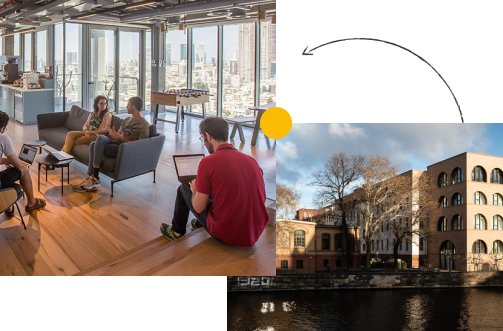A Novel CI Coding Strategy Based on a Cochlear Model and Deep Neural Network
Abstract
Objective: Many CI recipients face difficulties in understanding speech in noisy
environments and express frustration with the quality of music. This may be partly due
to the simple filter banks used in current CI technology, which do not fully replicate the
natural processes of the cochlea. This project aims to improve CI perception by more
accurately mimicking the responses of the auditory nerve.
Method: Audio signals were applied to CARFAC (Cascade of Asymmetric Resonators
with Fast-Acting Compression) [1] to produce a representation of the auditory nerve
response, known as a normal hearing (NH) “neurogram”. The NH neurogram was
down-sampled and applied to a deep neural network (DNN) to produce 22 electrode
stimulation currents. These currents were applied to an electrical hearing (EH) model
incorporating current spread, neural adaptation, and refractoriness, to produce a CI
neurogram. The DNN was trained on sentences from the TIMIT database to minimise
the difference between the NH and CI neurograms.
Results: The CI neurograms produced by the CARFAC-DNN strategy were more similar
to the NH neurograms than the CI neurograms produced by the Nucleus ACE strategy.
Similarity was quantified by the structural similarity index and mean squared error.
Conclusions: The CARFAC-DNN strategy may provide a more natural auditory nerve
response than traditional CI sound coding strategies. A sound-booth study with CI
recipients is planned.
This work was funded by Google through the Australian Future Hearing Initiative.
References:
[1] Lyon, R. F. (2017). Human and machine hearing. Cambridge University Press.
environments and express frustration with the quality of music. This may be partly due
to the simple filter banks used in current CI technology, which do not fully replicate the
natural processes of the cochlea. This project aims to improve CI perception by more
accurately mimicking the responses of the auditory nerve.
Method: Audio signals were applied to CARFAC (Cascade of Asymmetric Resonators
with Fast-Acting Compression) [1] to produce a representation of the auditory nerve
response, known as a normal hearing (NH) “neurogram”. The NH neurogram was
down-sampled and applied to a deep neural network (DNN) to produce 22 electrode
stimulation currents. These currents were applied to an electrical hearing (EH) model
incorporating current spread, neural adaptation, and refractoriness, to produce a CI
neurogram. The DNN was trained on sentences from the TIMIT database to minimise
the difference between the NH and CI neurograms.
Results: The CI neurograms produced by the CARFAC-DNN strategy were more similar
to the NH neurograms than the CI neurograms produced by the Nucleus ACE strategy.
Similarity was quantified by the structural similarity index and mean squared error.
Conclusions: The CARFAC-DNN strategy may provide a more natural auditory nerve
response than traditional CI sound coding strategies. A sound-booth study with CI
recipients is planned.
This work was funded by Google through the Australian Future Hearing Initiative.
References:
[1] Lyon, R. F. (2017). Human and machine hearing. Cambridge University Press.
